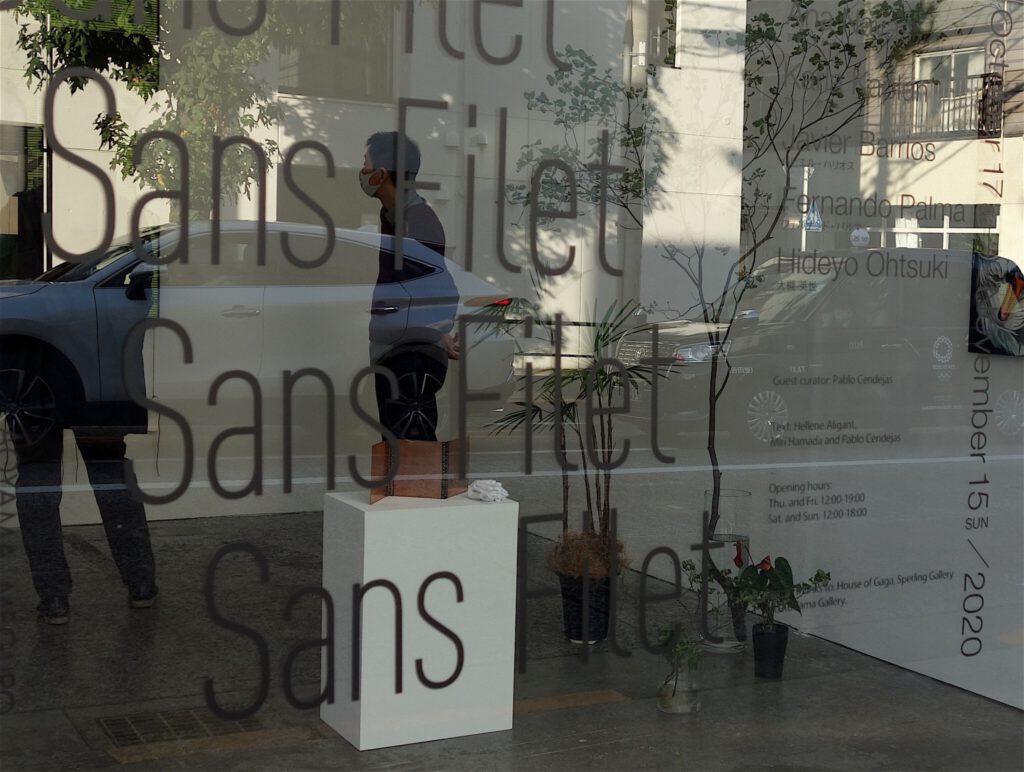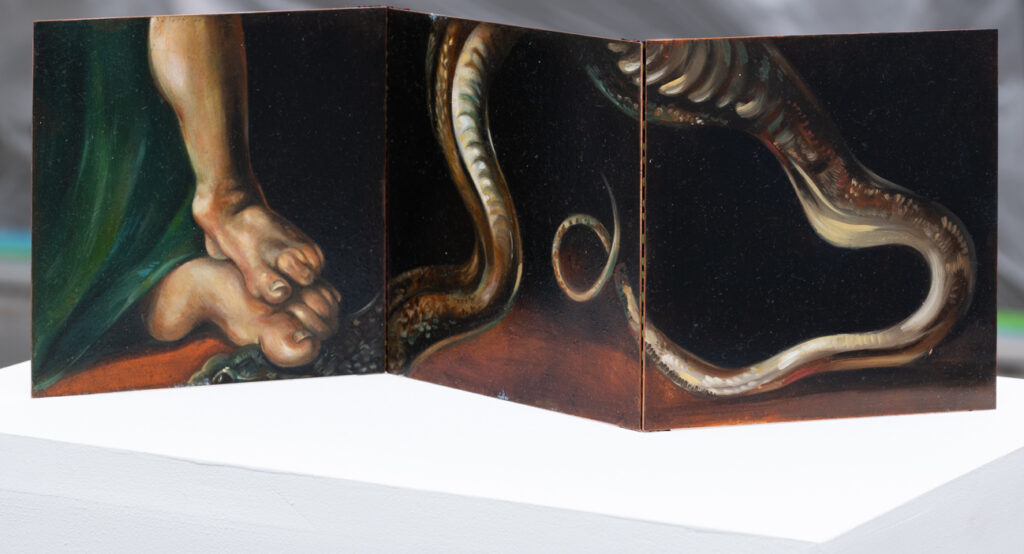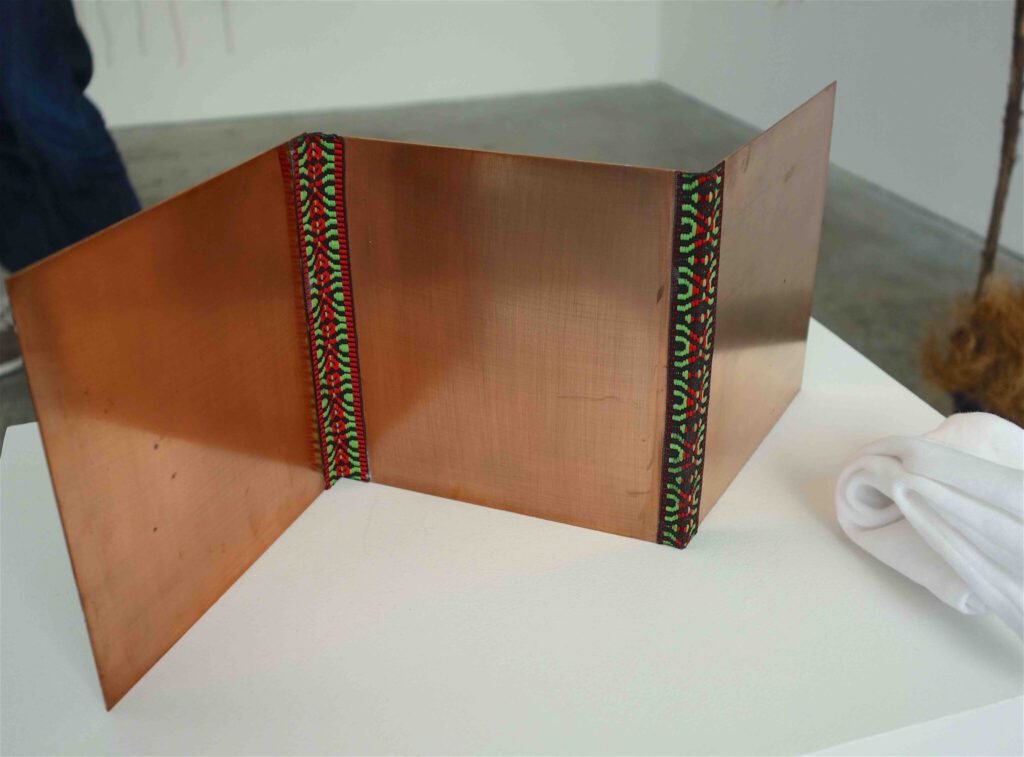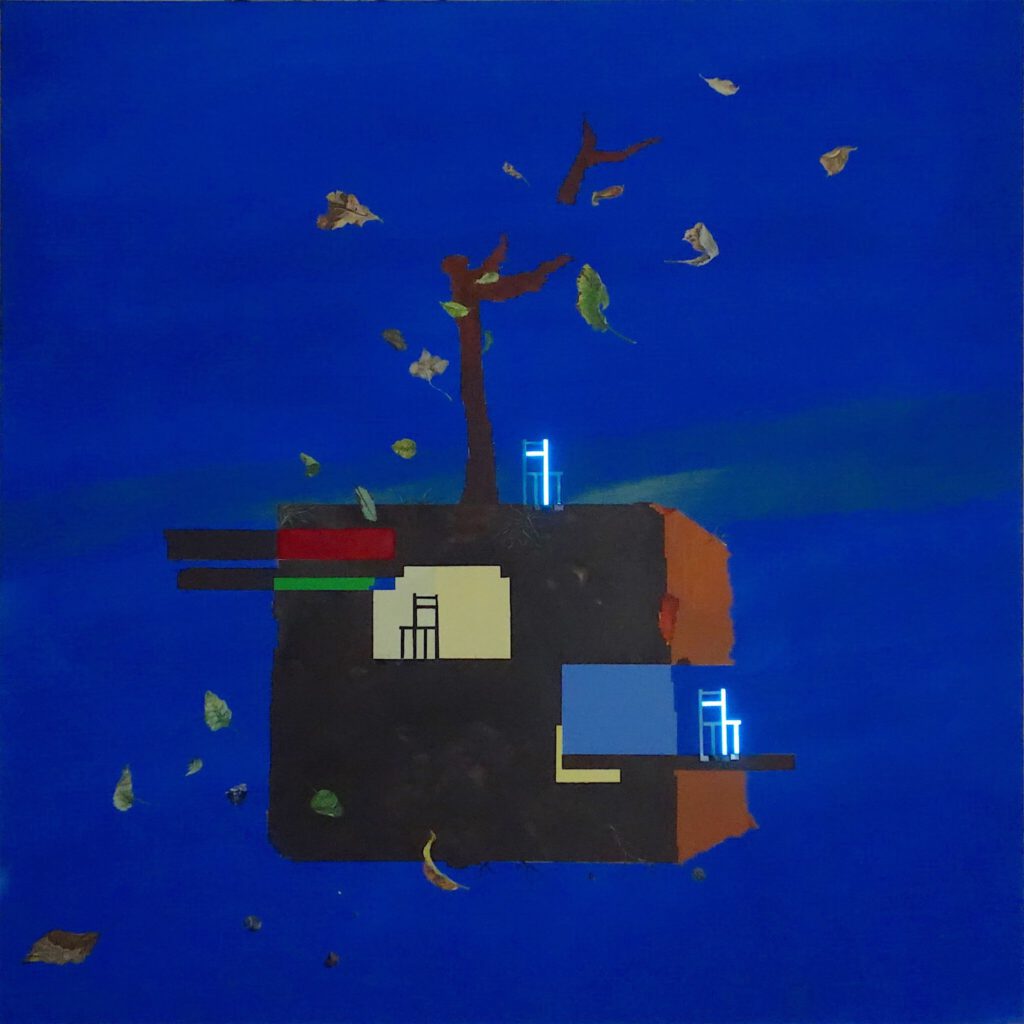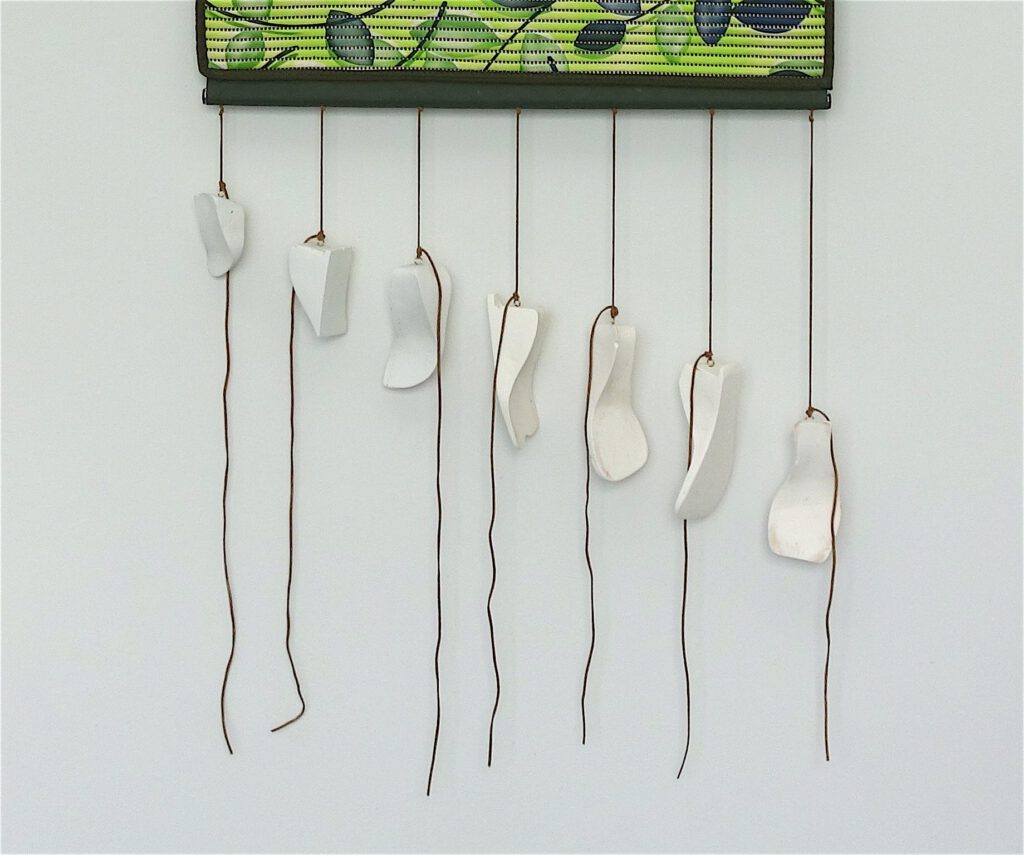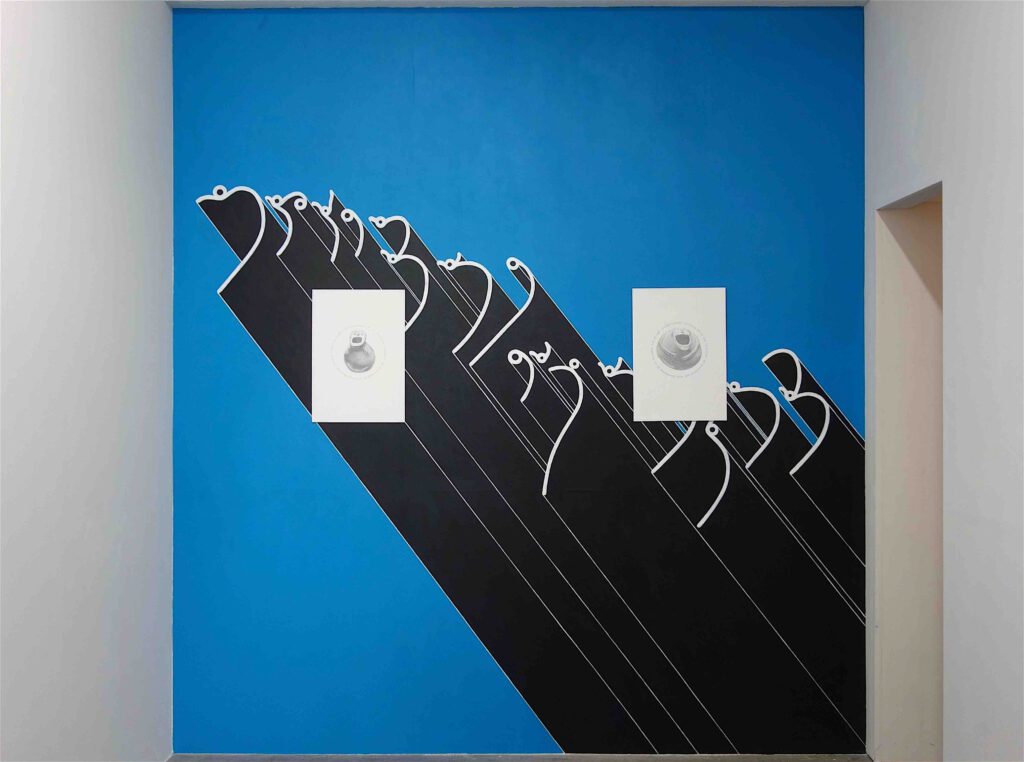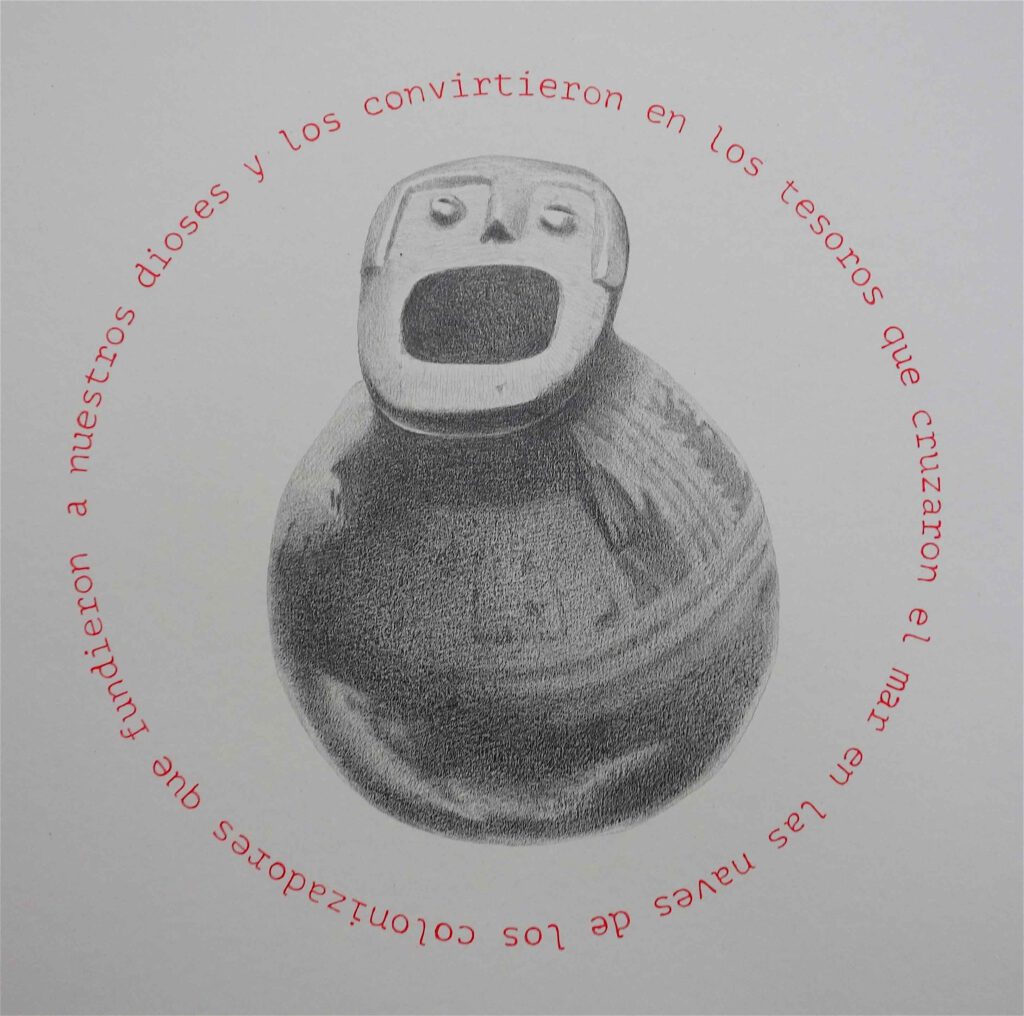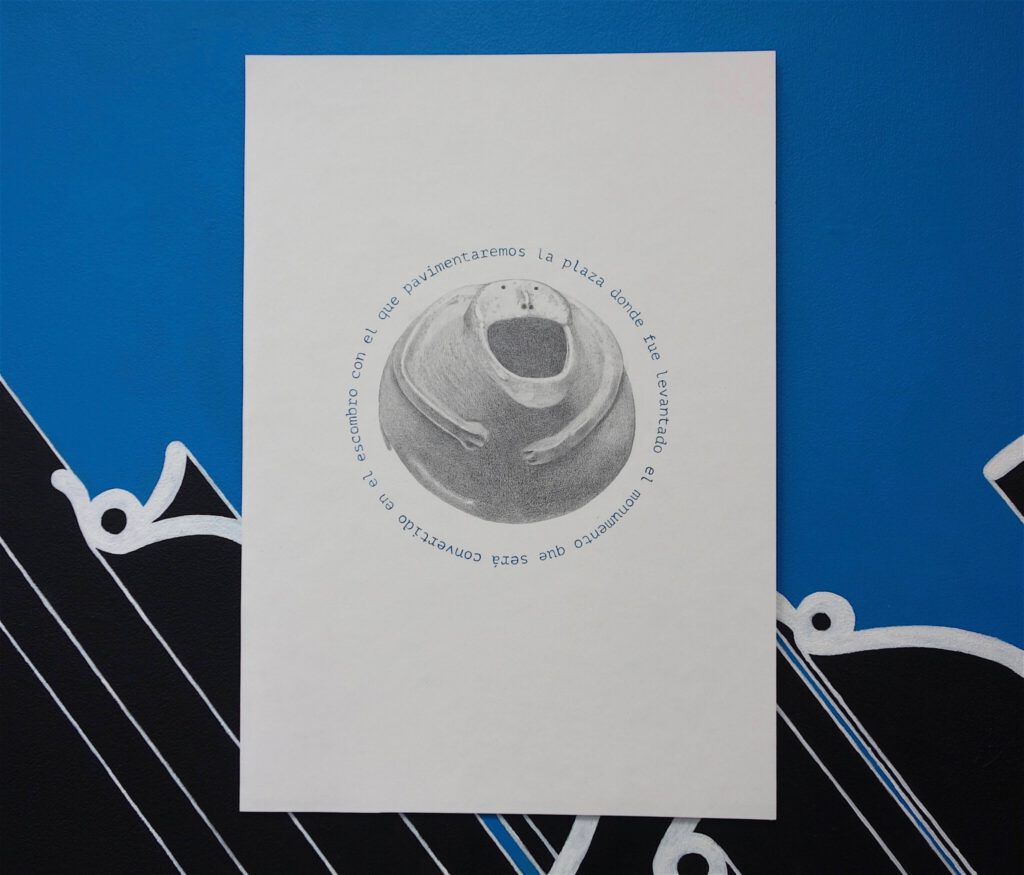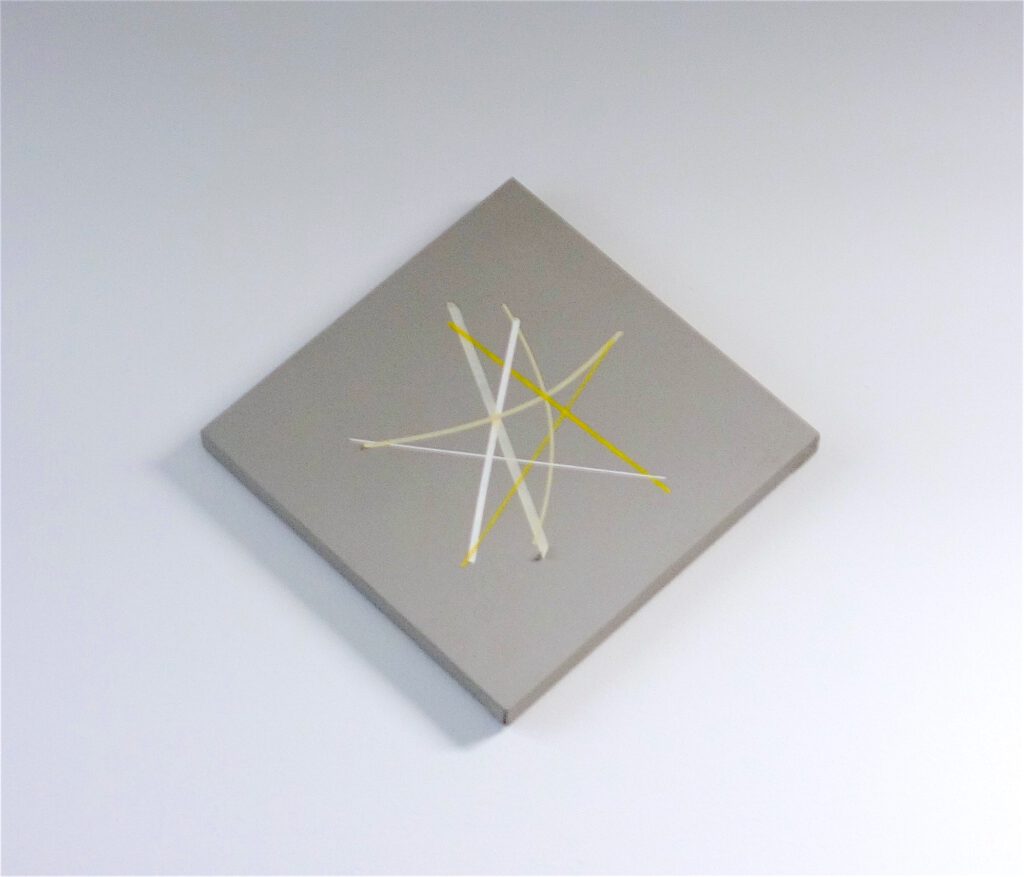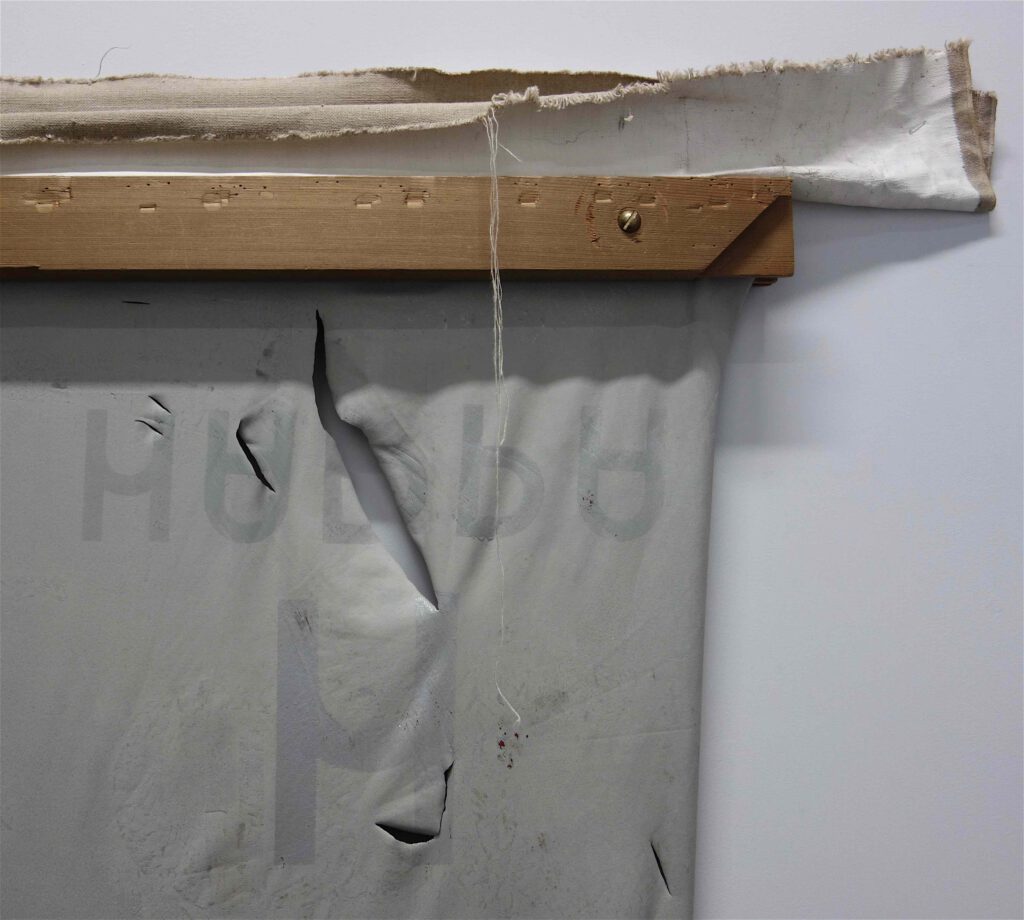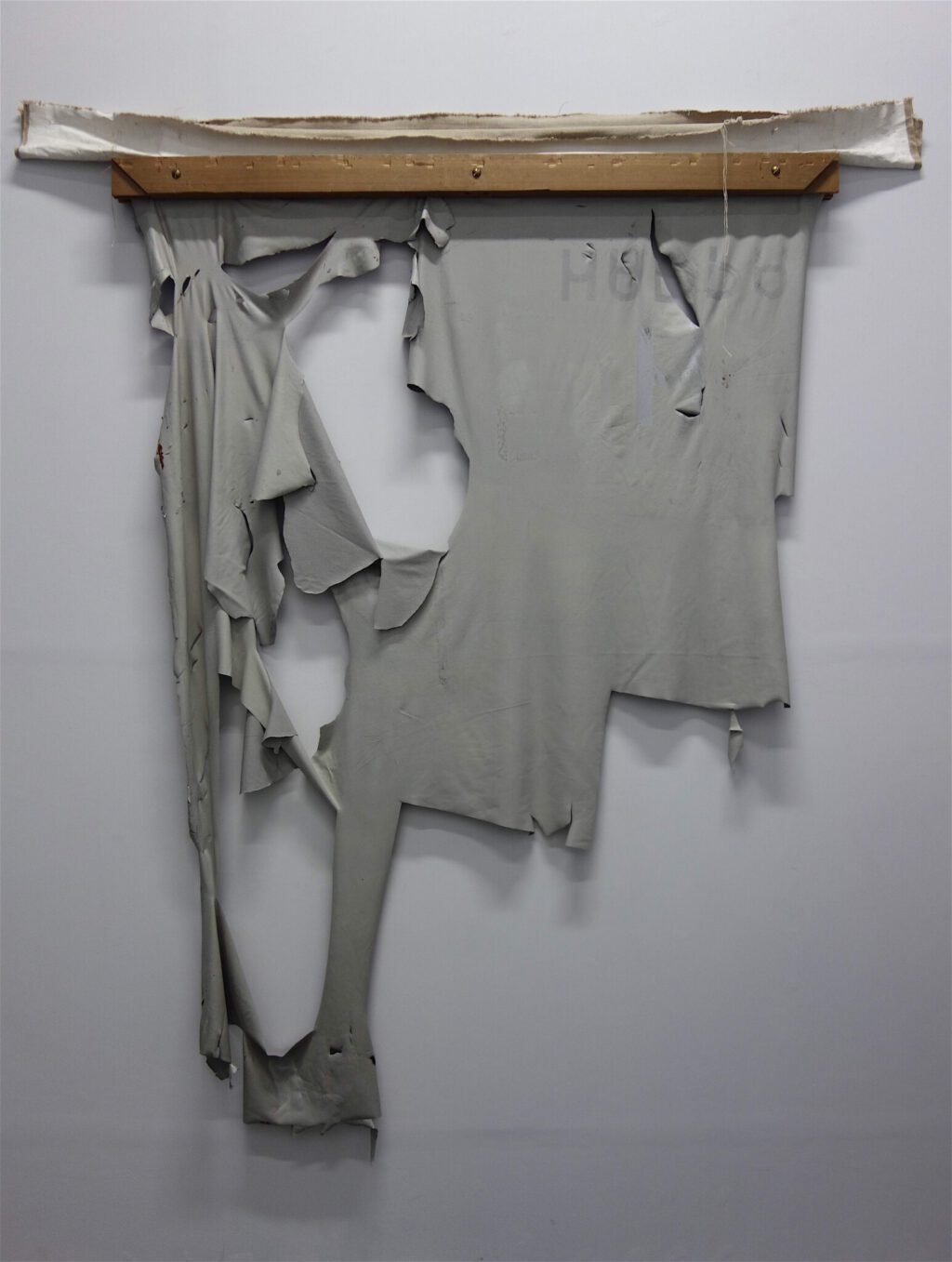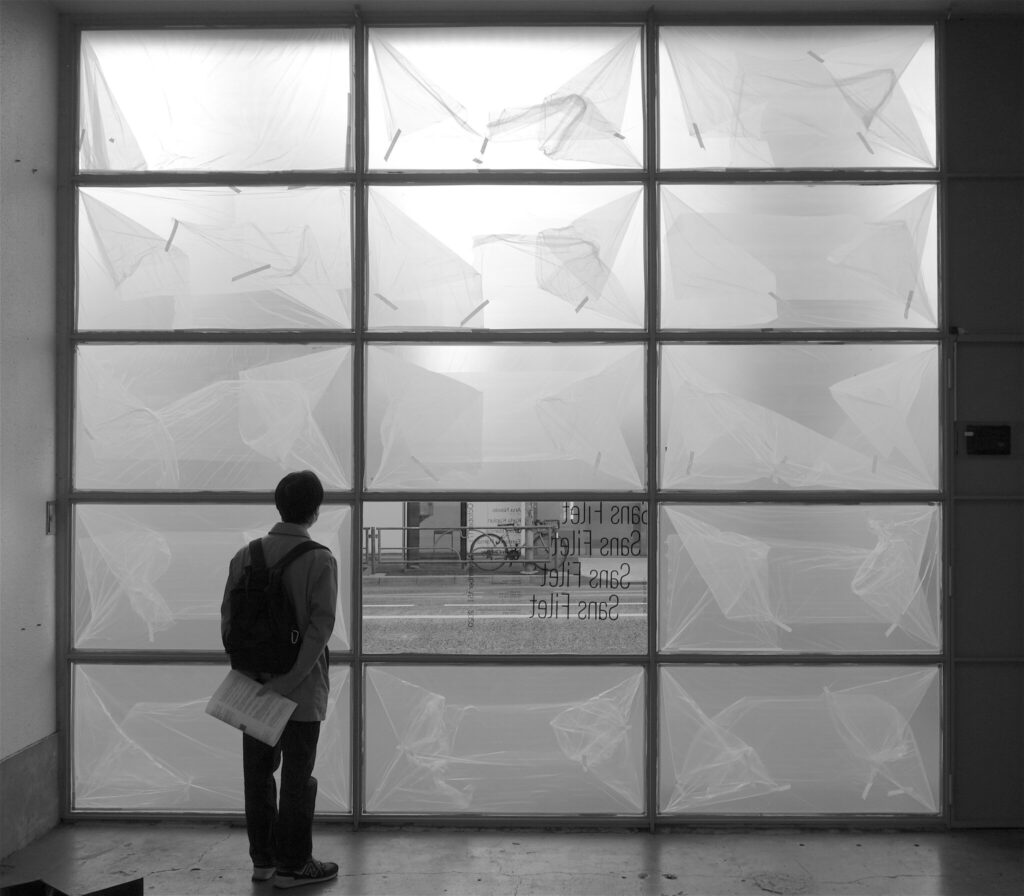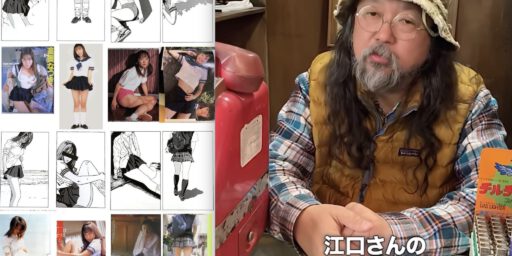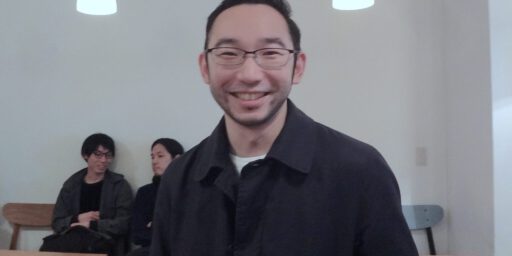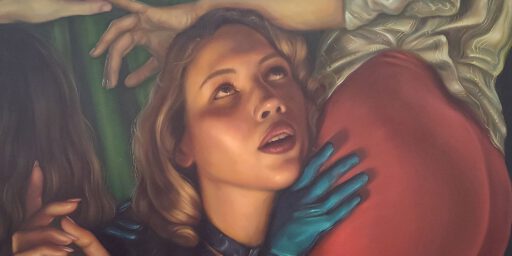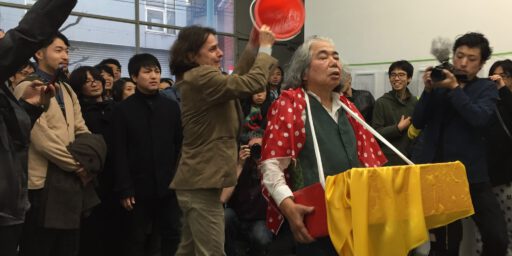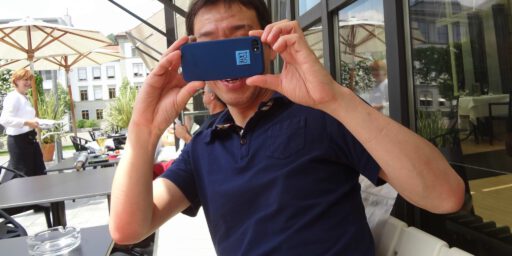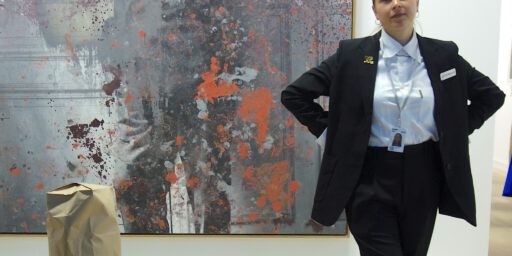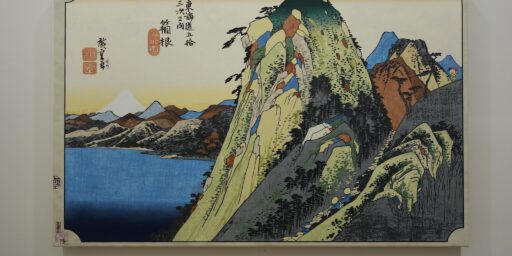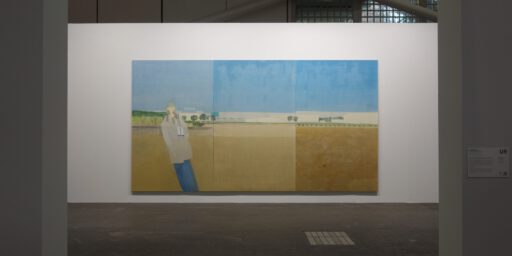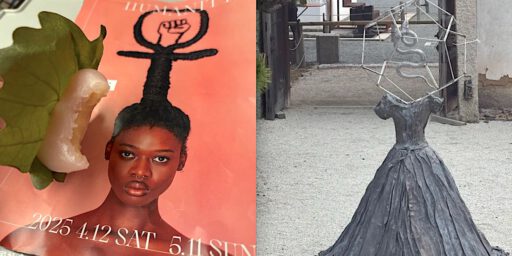Delicacy in Filigree, Transcendental Rhapsody with Latin American Artists @ AOYAMA MEGURO, Tokyo Delicacy in Filigree, Transcendental Rhapsody with Latin American Artists @ AOYAMA MEGURO, Tokyo
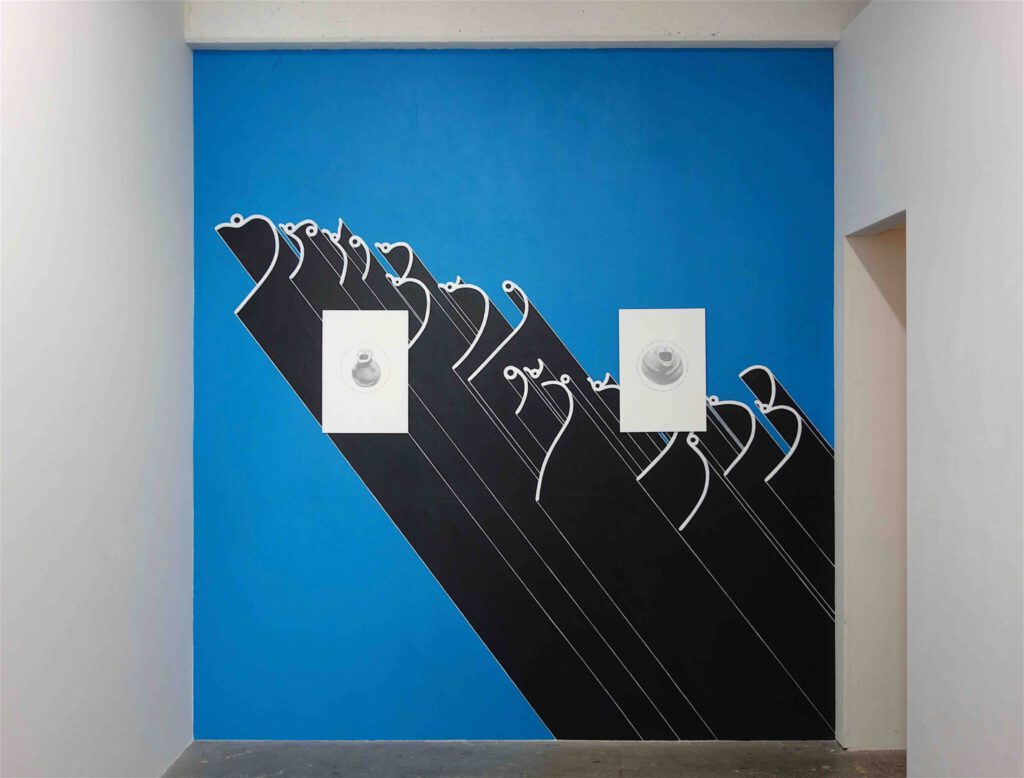
Juan Pablo Cendejas Fernández de Ortega. Pssst, listen to the curator from México: TAKE FIVE! Four artists from Latin America and one artist from Japan @ AOYAMA MEGURO. Ménage à Cinq. Curatorial practice in a sophisticated manner and bravoes attitudes. Chapeau.
Following is the list of the participating artists:
Ana Navas
Born 1984 in Quito, Republic of Ecuador
Grew up in Venezuela, actually lives and works in the Netherlands
Karla Kaplun
Born 1993 in Querétaro, México
Lives and works in México City
Javier Barrios
Born 1989 in Guadalajara, México
Lives and works in México City
Fernando Palma Rodríguez
Born 1957 in San Pedro Atocpan, México
Lives and works in the agricultural region of Milpa Alta outside of México City
Hideyo Ohtsuki
Born 1975 in Sendai, Japan
Lives and works in Tokyo
Multilayered, inconspicuous themes can be found in the exhibition, which we, as the audience, have to de-code. Some poetically inspired, others deeply connected with the artist’s search towards cultural identity and blurring the boundaries between the Contemporary and the history of 6.000 years. After backpacking for one year in Latin America, 40 years ago, having studied a.o. at Berlin University’s Lateinamerika-Institut “Altamerikanistik”, doing research work in the Ibero Amerikanisches Institut, I was particularly moved by the works of Javier Barrios‘s “Circles (Museum of Gold 1 + 2)” (see the attached detailed photographs of the works), as they remind me of similar South American terracotta sculptors I admire. My specialisation at that time was “La Tolita”, part of the 6.000 years of cultural lineage, history Precolombina at the coast of Ecuador and Colombia. Barrios’s use of the “ceramica zoomorfa” as metaphorical medium in the Now, slightly showing an alteration, offers the viewer a strong message: remember the Spanish colonisation and where the gold from the ancestors landed. In this regard, as Imperial Japan colonised several neighbouring countries, – plus, – Asia, with the Great Khan and Emperor of the Mongol Empire, does possess a long history of dominant colonial wars, interdisciplinary art-historical sciences would find extraordinary similarities. Of course, Japan and Latin America do actually experience an “American colonisation”, scientifically wrongly expressed, as the term “America” should cover the whole South-, Middle- and North-America territory. However, in this context, abstractly speaking, U.S. citizens don’t care about the proper use of language. In my opinion, the U.S.A. should never be called America. Re-enforcing the term “Make America Great Again” by 70 millions of Republican voters during this month’s U.S. election, emphasises a colonialist behaviour.
Even field research, as comparative socio-aesthetics studies by artists in Latin America and Japan regarding Jomon-culture and Valdivia-culture (Ecuador), or any other pre-columbian culture in México for example, would result in astonishing conclusions.
Obviously, socially engaged, or, consciously working artists, in one way or the other, do field research, as proven in this exhibition.
Karla Kaplun masterfully embodies local metaphors into her works, seen for example in “S.”, painted this year with oil on copper. A miniature homage from Caravaggio’s painting Madonna and Child with St. Anne, focusing on the feet of Jesus as a baby and Madonna stepping on a snake. The work on copper hints to the material frequently used by baroque painters during the evangelisation period to paint reproductions of the biblical scenes, in order to avoid their deterioration during the transportation to New Spain. The reproductions were then used as models for the indigenous people charged with reproducing them to decorate the newly built churches. The copper panels are joined together with a braided fabric, created by artisans in Mexico, adorned with a pattern called “the serpent”, referencing the deity Quetzalcoatl (the Feathered Serpent).
The oil painting “Untitled (Swans)”, also from this year, shows an ode to the exacerbated taste for the theatrical, the black and white swans are symbols for life and death, and the balance (or lack thereof) between them. Their necks entangle themselves in a desperate yet comical effort to move in opposite directions, preventing them from falling or taking of. An extraordinary allegory of our precarious, sad times, in which the Black Swan symbolises Covid-19 with over 1 million deaths (as of November 2020).
The mesmerizing images by Fernando Palma Rodríguez are strongly influenced by Mesoamerican civilisation, the indigenous cultures where religious practices included multiple deities. His interest revolves around themes like movement, opposed forces, rebirth and attachment with the ancestral land. Palma Rodríguez’ chosen locus vivendi became the agricultural region of Milpa Alta outside of Mexico City, where he runs Calpulli Tecalco A.C., a non-profit organisation dedicated to local agriculture, alternative infrastructure for artist residence and the preservation of Nahuatl language, which has been spoken by the Aztec and actually has 1.8 million native speakers.
One of the highlights of “Sans Filet”, personally installed by Cendejas Fernández de Ortega shows the high tolerance of his own cognitive dissonance in curatorial practice. A fascinating entrance into the “soul” of México (just to use the same word by newly elected United States of America President Joe Biden), an excellent chance to grasp the socio-economical part of the society from the gender-politics’ perspective. The trajectory resonates wonderfully in the work by Ana Navas, namely “United”, executed in 2018. Her struggle to fusion Mexican caudillismo with feminine content transgresses metaphorically into the realm of contemporary anthropological studies. Having chosen the bulletproof vest as artistic basic material, the complexity of hunger, survival, catholic virginity, parental love and death vibrates fascinatingly through the spazio of one of Tokyo’s most trendy art galleries. Prostheses for Mexican children’s feet transmit a bitter aftertaste, the notion of forbidden synergies between the Japanese and Mexican underworld comes to mind.
Finally, the artist from the home turf Tokyo, specifically for this occasion, executed a hyperrealist painting of a window frame on a window frame as well as the work “Take Five”, from materials previously found on the façade of Happa, which houses the gallery AOYAMA MEGURO. Hideyo Ohtsuki’s artistic practice transforms the apparent functionality of objects into paintings of counter-intuitive shapes. He uses (“radical”, as he deliberately points out) paint as a support material for itself, bending the nature of what is considered application and the object which is intended to contain such application. Shapes which are superficial simple, hide a paradoxon within the concrete, the beautiful and, obviously, the merely useful. The newly executed work “Star” embodies an example of technical achievement with a narrative twist, which might be banal, sentimental, – however the delicacy in filigree, Ohtsuki’s transcendental rhapsody in grey challenges our accustomed art-perception.
I hereby strongly recommend you to visit the gallery, located in Tokyo’s hot-spot, trendy Naka-Meguro. As a juxtaposition to the show’s title, I would say, a juicy filet and thrilling discoveries are waiting for you!
Tokyo, 11.11.2020
Sans Filet
17 Oct – 15 Nov 2020
AOYAMA | MEGURO 青山|目黒
2-30-6 Kami-Meguro, Meguro-ku, Tokyo
〒153-0051 東京都目黒区上目黒2-30-6
opening hours:
Thu. and Fri. 12:00-19:00
Sat. and Sun. 12:00-18:00
http://aoyamameguro.com/en/artists/sans-filet/
http://aoyamameguro.com/artists/sans-filet/
http://aoyamameguro.com
